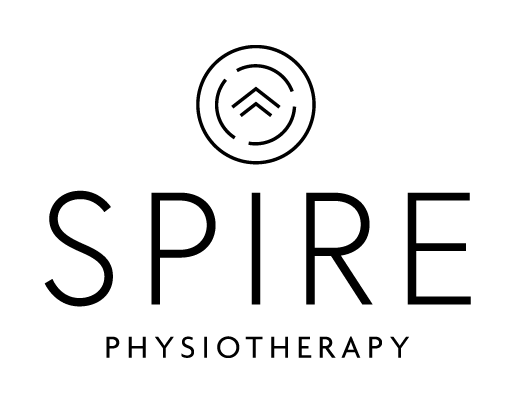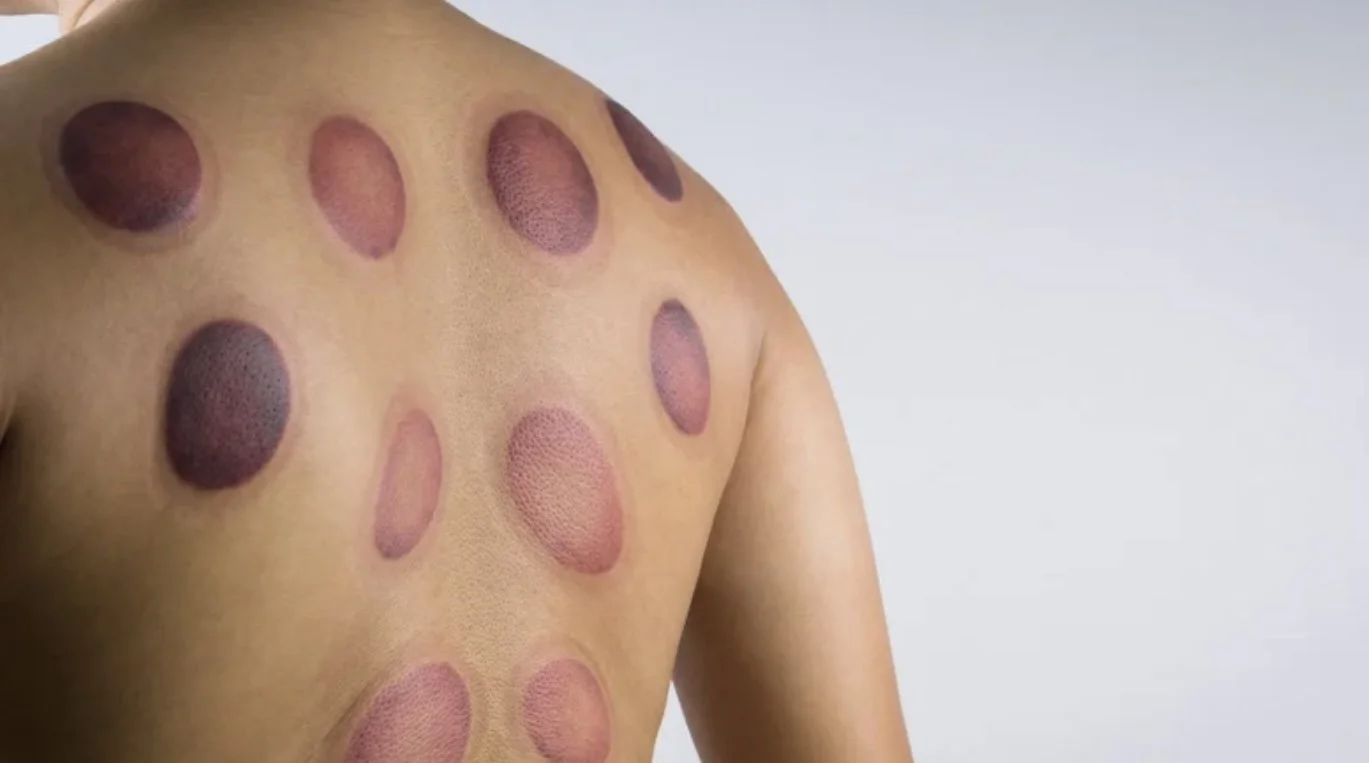THE CORE TRUTH: WHAT YOU NEED TO KNOW ABOUT AB SEPARATION
The Core Truth: What You Need to Know About Ab Separation
Have you ever been doing a movement, looked down at your abdomen, and seen a bulge or noticed your belly contorting into a strange shape, and thought, “What is that?! That is what we call a diastasis rectus abdominus (DRA), or abdominal separation. Many people have heard of this term, especially throughout a pregnancy, but what is it really, who does it happen to, and should we be worried about it?
What is it?
DRA is defined as the widening and thinning of the Linea Alba separating the rectus abdominus, which decreases the integrity of the tissue and ability of it to transmit load through the abdominal wall (Dufour, 2019). This essentially means the connective tissue between your six pack muscles starts to thin or stretch out, and the six pack muscles separate along the midline of the abdomen. Although this sounds quite scary on paper, it is incredibly common, and in some situations considered a completely normal adaptation.
Who does it happen to?
DRA is often noted the most during pregnancy and postpartum. As the uterus grows and the abdomen stretches to accommodate a growing baby, the abdominal muscles are going to start to stretch and separate. In fact, 100% of pregnancies will have some form of DRA by 35 weeks (Patrícia Gonçalves Fernandes da Mota, 2015). But this is not the only time a DRA happens. DRA often occurs from excess pressure being exerted on the abdominal muscles, which means it can present in any population regardless of age, gender, or whether you have been pregnant or given birth.
What does it look like?
DRA is often described as coning, doming, tenting, a shark fin, or “the alien” coming out of the body. The distortion of the abdominal wall can be right down the midline itself or can be the entire abdomen creating these shapes. We always want to emphasize that seeing these shapes is not inherently bad, but we want to make sure that we are avoiding extremes of this and working to change our pressure management strategies in movements where we are noticing this.
How do I know if I have it?
The most noticeable symptom of DRA is the bulge, coning or visible change in appearance of the abdomen when under exertion, but it may also present as abdominal weakness, lower back pain, digestive issues or bloating, poor posture, bladder or bowel leakage, or even the lower belly “pooch” that just won’t seem to go away.
What do I do about it?
A trained physiotherapist can help you navigate a DRA and support rehab for your abdominal gap by discussing different strategies such as breathing mechanics, postural alignment, pressure control, and multisystem strengthening to support this intrinsic stability system. When discussing DRA management, you will likely hear about the ABCs:
Assess: watch for coning or doming – If you see this, change your strategy!
Breathe: make sure to EXHALE on the hard part of the exercise, or on your exertional activity
Connect: to your deep core before initiating movement to help with stability from the inside out!
Our goal is to break the fear surrounding abdominal separation and help you lay the groundwork for reconnection—beginning with gentle strengthening, gradually building strength, and progressively adding load to the core for functional stability that supports the restoration and healing of your DRA.. If this is something you are seeing in your movements, or you are experiencing some of the symptoms listed above, make sure to connect with your treating therapist to discuss your diastasis and get a tailored rehab program for your body!
Book your Pelvic Health Assessment today!
References:
Dufour, S. (2019). A multi-component intervention for Diastasis Rectus Abdominis. International Journal of Gynecology & Obstetrics. 10, (2), 87-93.
Mota, P., Pascoal, A.G., Carita, A.I., & Bø, K. (2015). The Immediate Effects on Inter-rectus Distance of Abdominal Crunch and Drawing-in
Exercises During Pregnancy and the Postpartum Period. The Journal of orthopaedic and sports physical therapy, 45 10, 781-8




